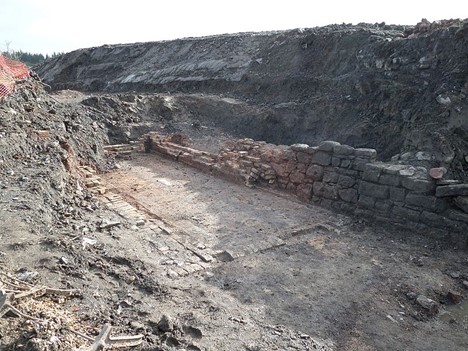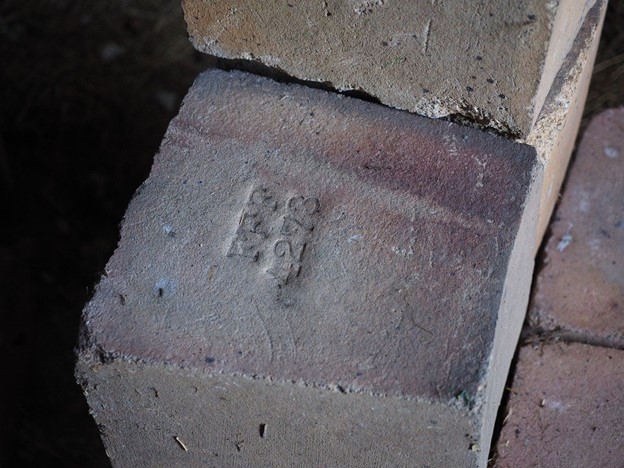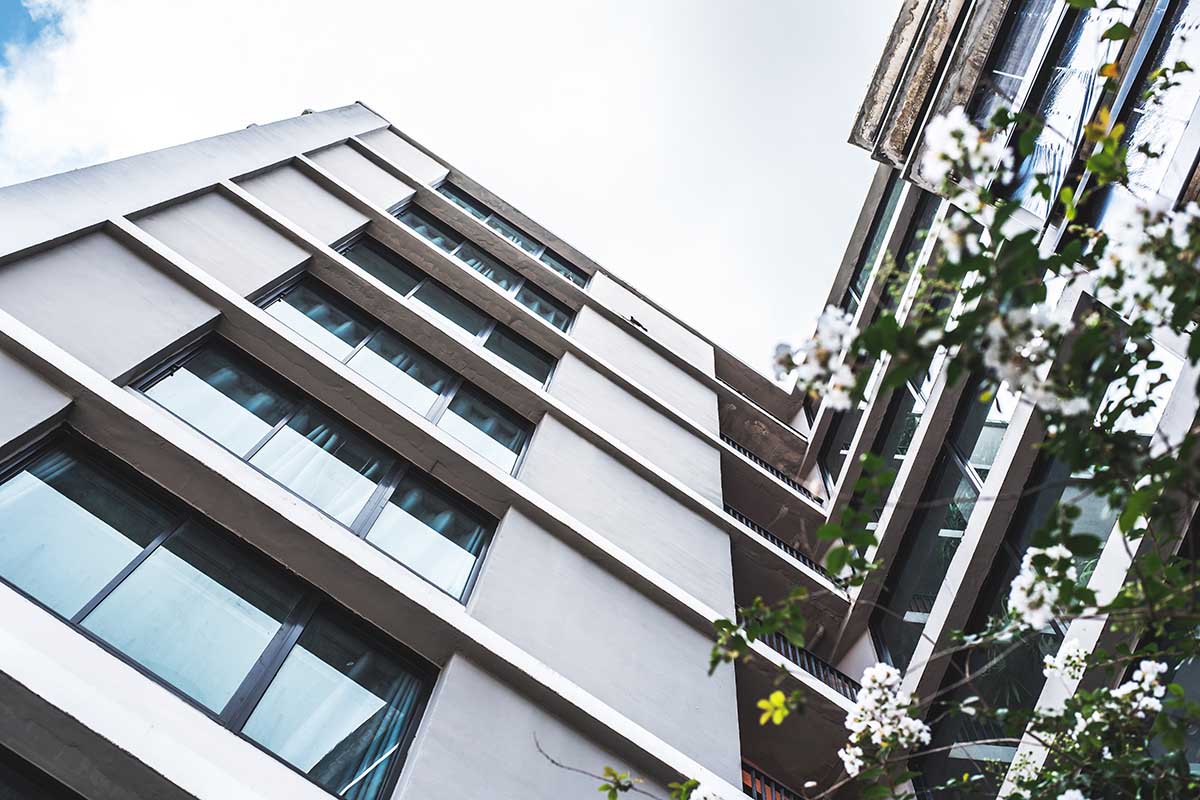About Lime Slaker Systems
Lime is a kind of mineral that’s primarily made up of hydroxide and oxides. It can be changed in limestone xenoliths, or it can be the result of coal-seam fires. You can know more about xenoliths when you click here. The word came from its earliest utilization as part of a building mortar. It has the sense of adhering or stacking, so it’s widely used in many industries.
The material is still essential even today, and it’s needed in larger quantities for engineering and building materials. These can include the making of mortar, cement, and concrete. It’s also utilized in chemical feedstocks industries or sugar refining factories. The industry has been a product from prehistoric times, and it’s still relevant in the modern world today because of its valuable contribution in wastewater treatments along with ferrous sulfate.
Lime Slaker Systems: About the Term Slaking
The word “slaking” is a method where materials found on the earth’s surface like aggregates are disintegrated into smaller materials, especially when exposed to water. They are used in many land formations and geologic formations that are necessary for many construction industries.
Lime slaking is an excellent process used in air pollution, water systems treatment for cleaning, wastewater, and more. This is why you need an effective lime slaker that can do the process of converting calcium oxide into calcium hydroxide. In many construction areas, the material called quicklime is an excellent alternative to hydrated lime because it’s more affordable.
The product requires less space for the chemical about its weight. This means that there’s lesser handling, storage space, and freight needed for the industry to treat water. What you need are manufacturers of the lakers that can give you a perfect solution for your needs.
Some of the factors that you should look for are affordability, efficiency, durability, and reliability. Fortunately, you can check many catalogs regarding ancillary equipment to provide you with a built-in silo system completed with accessories.
You can check companies online that offer various options like capacities and size for the equipment. Here are some products that are available today.
Detention Slaker – This is equipment that has a self-contained feeder and shaker combination. This is very efficient, and some parts were engineered to provide temperature, agitation, and water-to-lime ratio. This can be a suitable option, especially if you’re working with various grades of lime.
Paste Slaker – These kinds of equipment can be consistent and user-friendly. It can produce highly accurate results, and most microprocessors control the features. You can get innovative designs that don’t need a lot of maintenance as well as complicated controls.
You can get the slakers equipped with applications, programs, and flue gas desulfurization that will convert the oxide compound into hydroxide slurry. It’s best to get in touch with a company that has you covered. They will give you the resources, user-friendly experience, technology, support, and expertise that you’ll need for your company. State-of-the-art slakers are hard to combine, but you can always get your needs with the ideal partner in no time.
Lime Slaker Systems: High-Density Systems and Silos
Aside from the slaker, you may want to get for your operation to impact flow meters, conveyor belt scales, and weigh feeders. These high-tech systems are available with the right company. Ensure that the equipment is going to be well-suited with a high volume of lime. This means that you can create a slurry in no time. Learn more about lime slurries here: https://www.sciencedirect.com/topics/engineering/lime-slurry.
You may want to get specially engineered equipment to provide you with the right physical agitation to process various quicklime. The high-density systems can use hydrated lime materials on site, and they are also extremely low-maintenance and highly reliable. Some equipment is usually used by wastewater facilities, municipal water plants, and flu gas industries.
Aside from the slurry, the quality will be dependable and exceed the expectations of clients already working in the industry for so long. If you’re considering changing your weighing system and updating your current material, you may also want upgrades and retrofits in the process.
You may be wanting to modernize everything, including your belt feeders, control the impact of the flow meter, and make a successful enhancement of your existing system; then, it’s best to get in touch with the right company today.




















